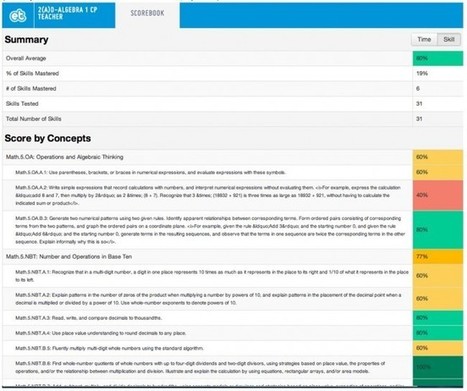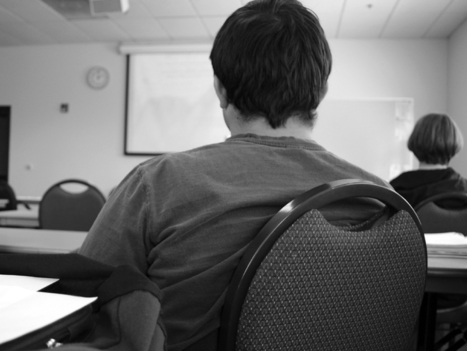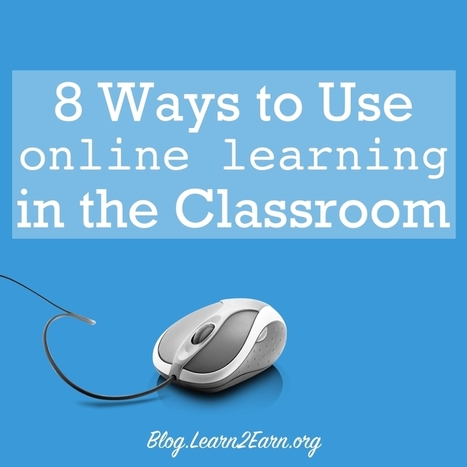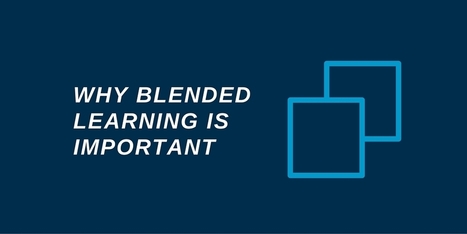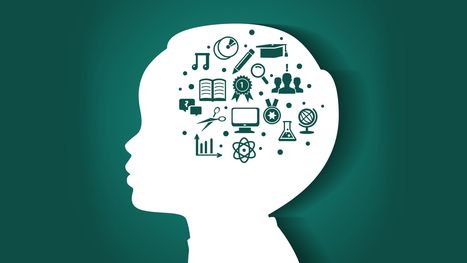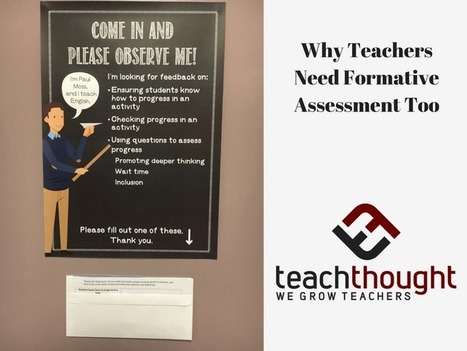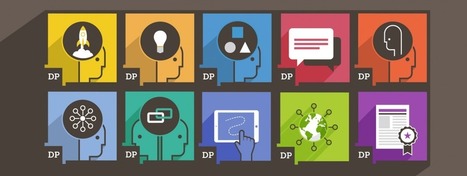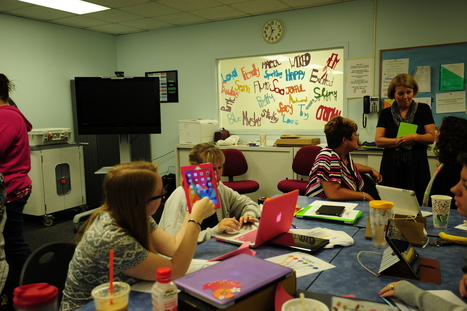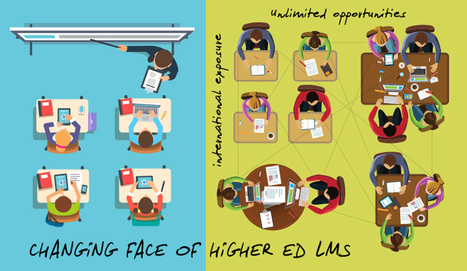Wendy Sadler is a lecturer at Cardiff University, and the founder of science made simple . These are her six simple tips to become a science communicator.
Say about 100 words per minute
Most people deliver their information too fast, at about 180 to 200 words per minute. The University of Michigan and the University of Twente recommend speaking at about 100 words per minute. It affects what people remember, and the credibility they give to what you say.
You don't need to speak slowly all the time. You can use pauses to bring down the average speed.



 Your new post is loading...
Your new post is loading...











